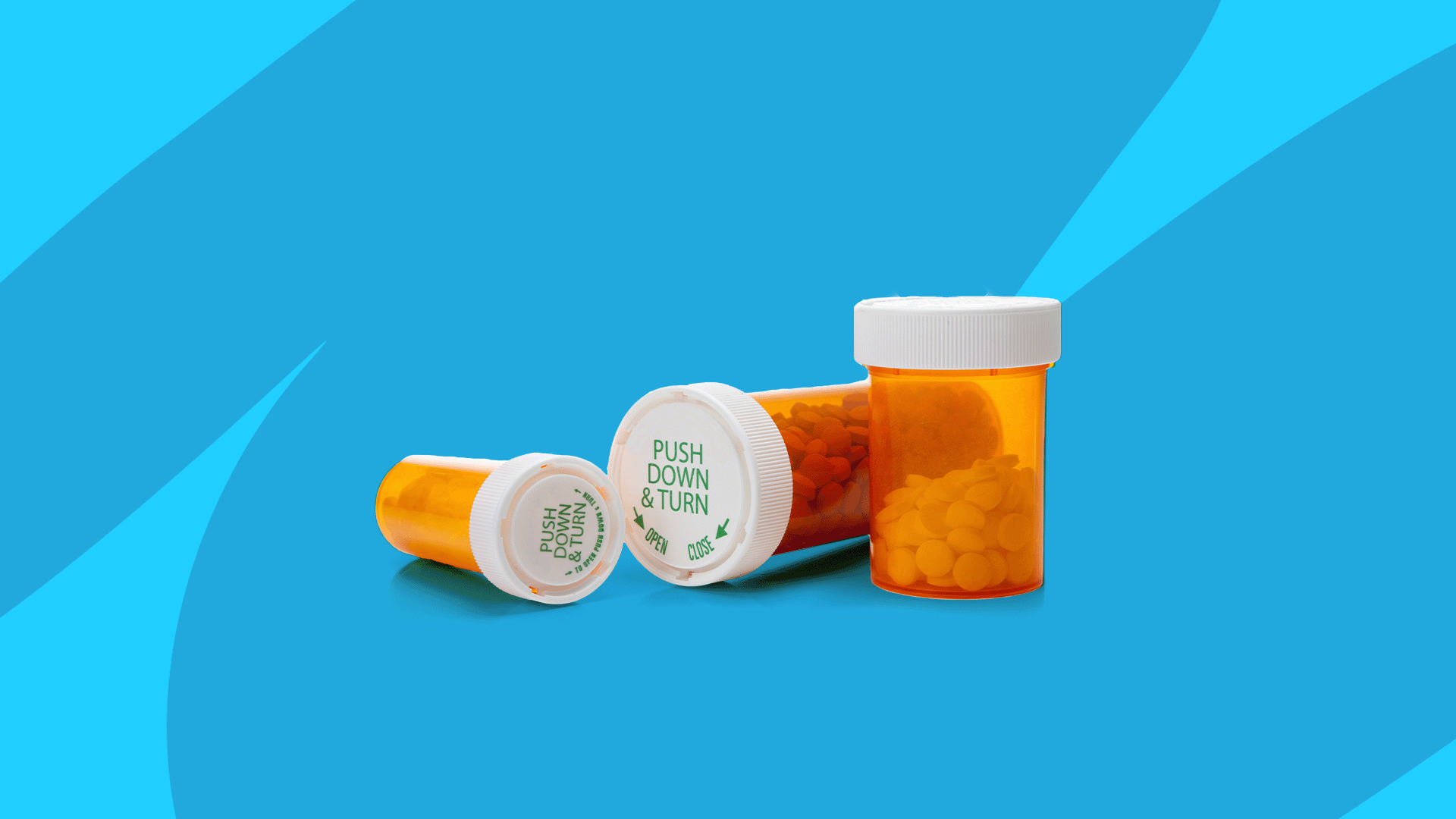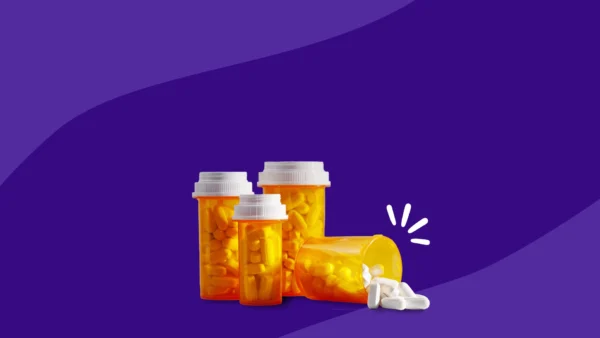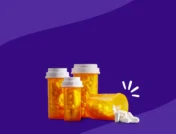Is tamoxifen covered by insurance? | How much does tamoxifen cost without insurance? | How to get tamoxifen without insurance
Tamoxifen is a generic prescription drug prescribed to treat or prevent breast cancer, namely hormone receptor-positive breast cancer (HER+ breast cancer), metastatic breast cancer in men and women, and ductal carcinoma in situ (DCIS) following breast surgery. Most people will take tamoxifen tablets once or twice per day. The normal daily dose is 20 mg, but doses may be higher when treating metastatic breast cancer. Side effects, such as hot flashes, infections, and blood clots, may be more likely to occur at higher doses. Instead of tablets, people can opt for brand-name Soltamox, a tamoxifen oral solution. For those lacking insurance coverage, tamoxifen is a moderately-priced drug, but it may be difficult to afford over several years of treatment. Rest assured, though, that there are plenty of ways to get tamoxifen at a discount.
Is tamoxifen covered by insurance?
Tamoxifen is usually covered by commercial health insurance, Medicare Part D, Medicare Advantage, and Medicaid.
How much does tamoxifen cost without insurance?
A 30-day supply of tamoxifen (30, 20 mg tablets) costs $90 at the full retail price. That’s the average cost. Some pharmacies will charge less, some more. For most indications, tamoxifen therapy lasts at least five years and could go on for as long as 10. $90 may not sound like much as a one-time expense, but it adds up to almost $1,100 a year.
Health insurance coverage is one way to save money. Health insurance plans typically put tamoxifen tablets in their lowest-cost drug tier in their formularies. Copay costs may be low, but other factors will determine the actual out-of-pocket cost: deductibles, coinsurance, and, for Medicare Part D, the current coverage phase. Insurance plans, however, are required to bear all the costs of preventive drugs. If tamoxifen is prescribed to prevent breast cancer in women who have a high risk of developing it, the total out-of-pocket cost for many insured patients could be $0.
Other generic drugs may be substituted if the cost of tamoxifen is too high. Tamoxifen works by attaching itself to estrogen receptors on breast cancer cells and preventing tumor growth. In this sense, tamoxifen “modulates” the effects of estrogen on a tumor’s estrogen receptors, so it is called a selective estrogen receptor modulator (SERM). Other SERMs include Evista (raloxifene), which is FDA-approved to prevent breast cancer, and Fareston (toremifene), which is prescribed to treat metastatic breast cancer. Other antiestrogen treatments include selective estrogen receptor degraders (SERDs), drugs that degrade estrogen hormone receptors, and aromatase inhibitors, drugs that block the production of estrogens, such as Femara (letrozole), Arimidex (anastrozole), and Aromasin (exemestane). However, these treatments are more expensive than tamoxifen and generic raloxifene.
Healthcare professionals, however, follow rigorous guidelines for cancer treatment. They don’t readily substitute drugs unless it meets the guidelines. Get medical advice from an oncology specialist before asking for a cheaper prescription medication.
RELATED: Are generic drugs as good as brand-name medicines?
Compare tamoxifen prices to related drugs |
|||
|---|---|---|---|
| Drug name | Price without insurance of brand-name drug | SingleCare price | Savings options |
| Tamoxifen citrate | $90 per 30, 20 mg tablets of generic tamoxifen | $11 for 30, 20 mg tablets of generic tamoxifen | See updated prices |
| Evista (raloxifene) | $247 per 30, 60 mg tablets | $10 per 15, 60 mg tablets of generic Evista | See updated prices |
| Fareston (toremifene) | $257 per 5, 60 mg tablets | $192 per 30, 60 mg tablets of generic Fareston | See updated prices |
Prescription drug prices often change. These are the most accurate medication prices at the time of publishing. The listed price without insurance references the price of brand-name drugs. The listed SingleCare price references the price of generic drugs if available. Click the link under “Savings options” to see updated drug prices.
How to get tamoxifen without insurance
Although moderately priced, tamoxifen can be hard to afford month after month. Some pharmaceutical companies offer patient assistance programs, but these are not commonly offered for generic drugs. Furthermore, eligibility requirements frequently close off this option for some people. Fortunately, tamoxifen is highly affordable—even cheap—for those who know a few cost-saving tricks. Here’s one: pay a discounted price of $11 for each tamoxifen fill by using a SingleCare discount card.
1. Save with SingleCare
Though the average price for tamoxifen is $90 per month, using a SingleCare tamoxifen coupon can reduce that price. Discounts will vary per participating local pharmacies.
2. Save by finding the lowest price
By shopping to find a pharmacy with the best price, a 30-day supply of tamoxifen can be reduced without insurance. Online pharmacies are likely to have the lowest prices, but take a few measures to make sure the pharmacy is trustworthy.
3. Save with health insurance or Medicaid
For breast cancer treatment, tamoxifen should only cost a few dollars with health insurance. Of course, the actual out-of-pocket cost will vary. If prescribed for breast cancer prevention, tamoxifen can cost $0 for most people with health insurance. What about the cost of insurance premiums? When compared to all the costs for long-term breast cancer treatment or prevention—including office visits, lab tests, imaging, and procedures—health insurance premiums will probably be cheaper. If health insurance is unaffordable, check your state’s Medicaid eligibility criteria to see if you qualify.
4. Get Medicare Extra Help
For those on Medicare, consider enrolling in Medicare Extra Help (Medicare Low Income Subsidy or LIS). This program can help reduce the cost of breast cancer treatment and prevention, not just the cost of prescription medications.
5. Get a prescription discount at local clinics and hospitals
Many people don’t know that some local clinics, hospitals, community health centers, and cancer centers can sell steeply discounted prescription medications to eligible patients. Called 340B providers, the prescribing healthcare provider should be able to provide a list of those in your area. Finding local health resources can also be done by dialing the code 211 or visiting www.211.org.
6. Talk to community health officials
Unlike many other medical conditions, cancer treatment and prevention involve a whole host of expenses. A SingleCare coupon could make tamoxifen easily affordable, but financial assistance may be needed for all the other expenses. Community health officials can help identify government programs, charities, and foundations that can provide help in lifting some of the financial burdens of cancer treatment.











